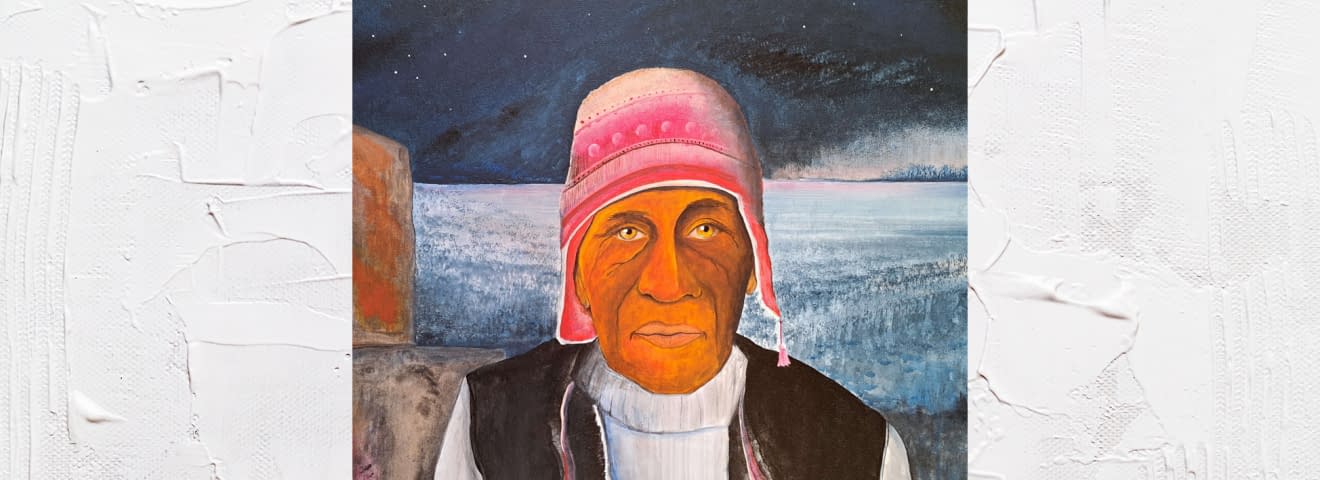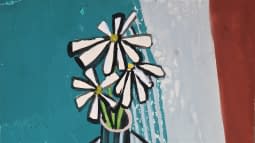White Canvas #8 + CRIS on «The Story Behind Every Artwork»
The role of the artist in the history of humanity has continuously changed with social, technological, and natural phenomena and events, since art is like life, a constant movement of the universe in this manifest world. Exploring the relationship between the artist’s work in its context and time is a journey towards the deepest questions. Why do we paint? Who are the people or personalities represented in the works of art? What is the story behind the artworks? What is the purpose of the artist’s works?
When we study the first art manifestations of humankind, we can discern a search to understand and describe our surrounding world, nature, the universe and the daily life. From the cave drawings of the Cueva de las Manos (fig. 1) in South American Patagonia (7,000 BC), to the Mortuary Temple of Ramses III at Medinet Habu in Egypt (1150 BC) and even in the newest avant-garde crypto artworks of the new century in Europe (2023 AD), the role of art is essential as a way of exploring ourselves as inhabitants of this planet.
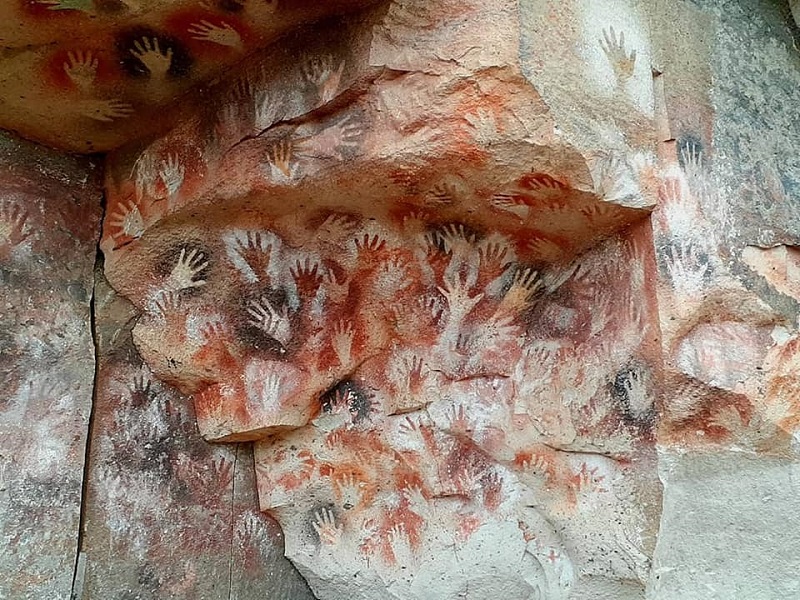
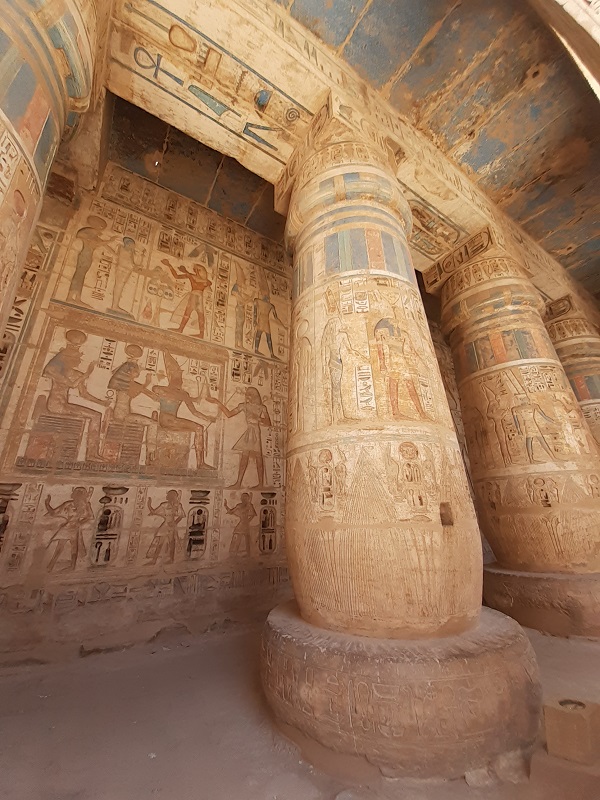
Art is a language, and it is an action at the same time. With art, human beings can express themselves and communicate their view of the world, while at the same time they can develop their minds, their sense of aesthetics and explore the very moment of freedom when time stands still: that incredible unique moment in which the artist is involved in the infinite game of the universe. Art is a witness, protagonist and often a transformer of the history of humanity. Behind works of art, we find history.
In these times, societies have big problems with different topics, such as war, climate change, migration, inequality, poverty, social conflicts, racism and the extinction of biodiversity. Especially the industry and big companies have taken the resources of nature around the world for many years, and as an artist this reality shocks me. When I travelled to Andean communities in South America, I could see the impact this had on people’s daily lives and I could see their eyes filled with concern. For the Andean elders have seen how the glaciers, lagoons and river waters have disappeared, they have seen the large lithium factories emerge on the salt flats and they see how the colour of the water changes day by day because of the contamination. Trying to communicate these stories, these environmental and social issues, is a challenge in some of my works.
My smartphone and our laptops probably needed many liters of clean water from the mines in order to function, and maybe art will not contribute to change the big problems of the people in the world, but art can be a player in this game. That is the power of art; we can use that power. In the painting «WATER» (Fig. 3), we can see the story of the oceans, lakes, rivers, and glaciers. Through the eyes of the painting «ANDEAN ELDERLY AND THE LITHIUM DILEMMA » (Fig. 4), we can connect with the water problems of the small communities all over the world.
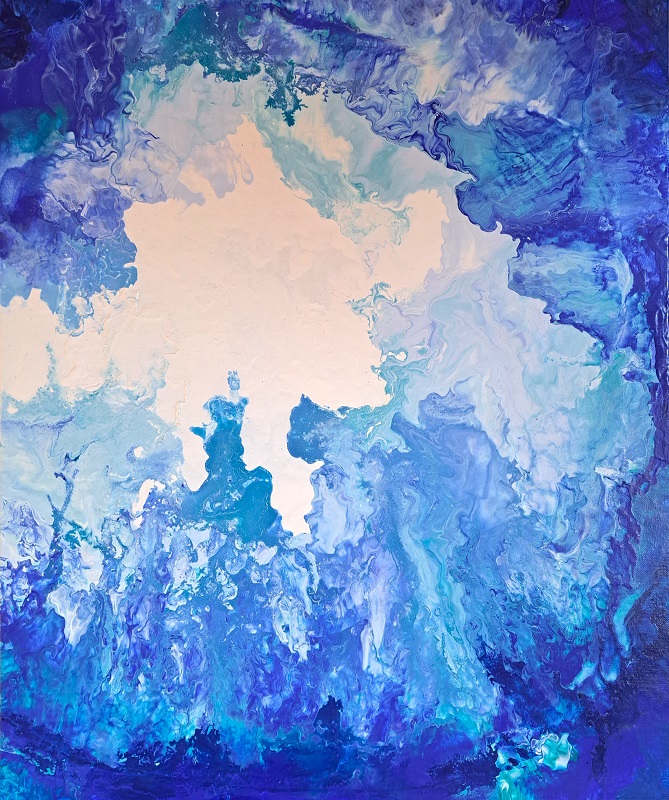
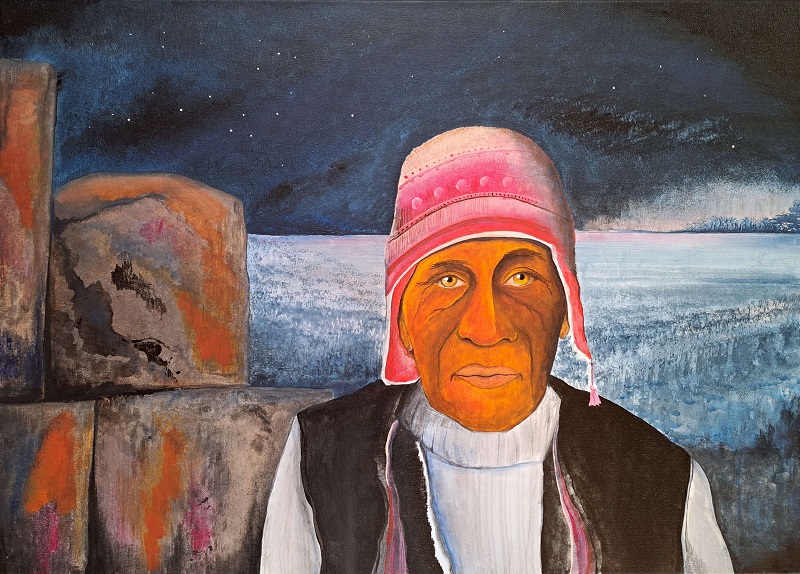
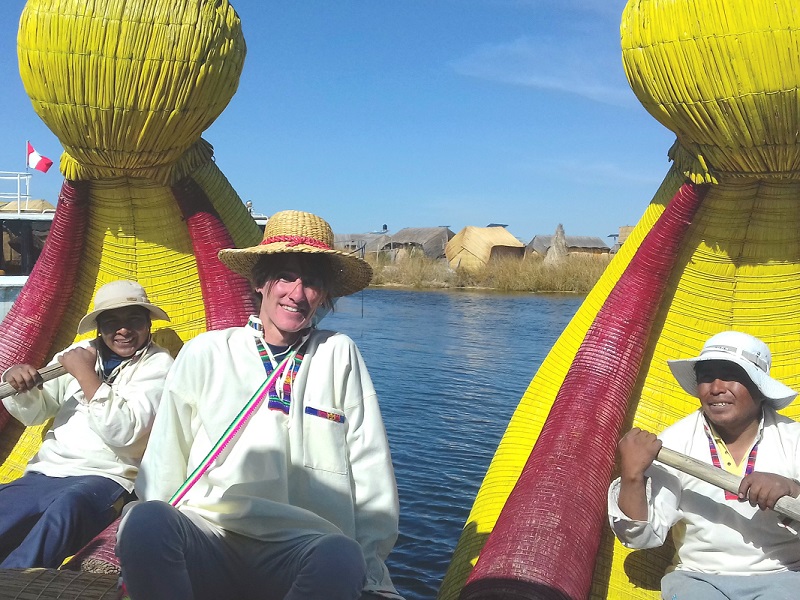
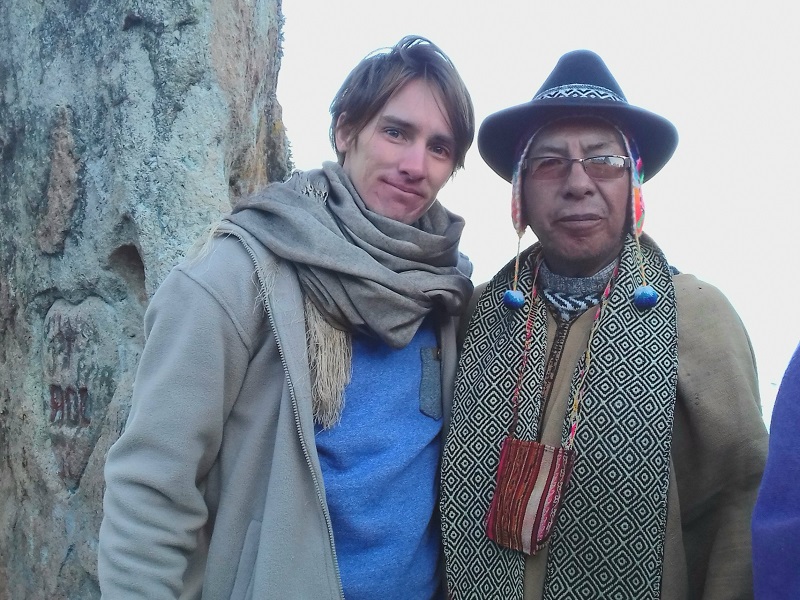
Finally, the role of art in the history of humanity is a choice, every artist on this amazing planet can be free to express, communicate, speak, and paint like they want. Why not? If our artworks tell of our stories, the stories of cities, countries, societies, then why not dream that art could offer solutions to change the world? Ultimately, artists can bring a new world to life on a small white canvas.
Read more about the artist and view his artworks here.
